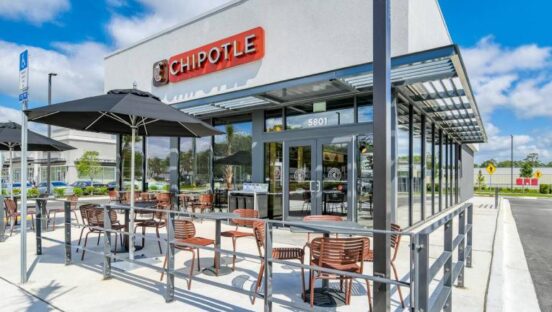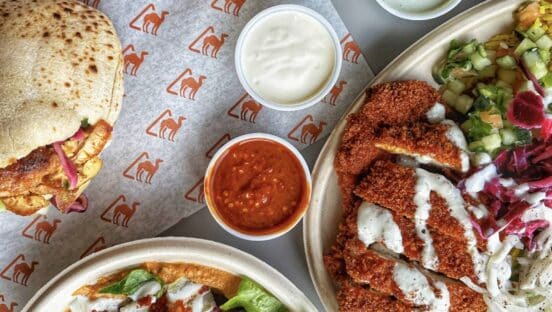




An ever-changing digital world
Over the last few years, restaurant operators have faced many challenges, including rising labor costs, higher rents, changes to minimum wage and healthcare laws and a tighter labor market. At the same time, customer preferences have evolved, and myriad restaurant technologies have been introduced to meet these needs. Advances in technology like online and mobile ordering, delivery and order-ahead have benefited the customer while creating additional revenue streams for restaurant operators. However, these advancements in technology bring significant coordination with third-party vendors—and, if not integrated properly, result in wasted time and lost revenue. Here are some tips for restaurant operators to maximize efficiency and implement technology into their restaurants the right way.
Plan for Long-Term Sustainability, Not a Quick Fix
As new technologies have emerged, many restaurant operators have made the short-sighted mistake of partnering with third-party providers in a piecemeal fashion, stringing these systems together as they go without any forward thinking.
For example, an operator may partner with one third-party delivery provider to drive incremental sales in the short term. However, down the road, as the need to partner with other providers emerges, the restaurant operator is eventually faced with “tablet hell”—multiple tablets from multiple providers—and a tangled web of inefficiency. What started out as a short-term fix to drive revenue resulted in wasted time and unnecessary frustration.
To integrate technology properly, restaurant operators need to take a step back, think about the big picture and create a strategic, long-term plan that considers every possible angle and provider, even if that means it won’t turn a profit overnight.
Time equals Money
No matter the segment, operators are strapped for time, and as they grow their businesses, every hour of every day becomes more valuable. In the above example with poor integration, restaurant operators pay the hidden cost of wasted time. They often personally spend countless hours verifying the accuracy of data, troubleshooting issues and consolidating multiple reports to determine how to optimize the partnerships for maximum return. Operators quickly discover that these problems take up so much of their time and attention that it actually costs them money in the long run and hinders their ability to scale.
Don’t Be Swayed by Unnecessary Data
Most technology providers promise restaurant operators the world to get their business, but it’s important not to get distracted by the volume of data points that can be captured. All that matters is what those data points can say about the current state of the business, and what can be done with those data points to optimize the business in the future. During the process of vetting potential partners, operators should focus on the key data points that will help them identify ways to save time and money in their day-to-day operations.
For example, if an operator has multiple locations, there are systems available that would offer instant visibility across all restaurants with real-time reports. With exception-based reporting, operators can receive mobile alerts if it’s unexpectedly slow and they should cut back on staff. With immediate access to the most important data, operators can save hours of time and make quicker decisions.
Make Vendors Work Together
As mentioned, integration is the biggest challenge for implementing new restaurant technology. As a core system, it typically falls on the POS to have resources to support third-party partners to make the integration process easier for the operator. However, restaurant operators can’t take a hands-off approach; instead, they should serve as the conduit between vendors. Instead of each party having separate conversations, all parties should work together in a transparent, cooperative manner with the end goal of providing value and efficiency for the operator.
Be Nimble or Fall Behind
Once the integration of a new technology is complete, the work isn’t over. Operators need to have a pulse on how customers want to interact with their business. For some, it makes sense to have a dark kitchen or focus on a mostly pickup model based on the popularity of food ordering apps, high rents for their footprints and customer preferences. Similarly, kiosks and mobile ordering are becoming the preferred method of placing orders for some segments. In these cases, staff shouldn’t be order takers and are better re-tasked to providing better service and resolving issues that technology can’t make more efficient. Restaurant technology is a constantly evolving ecosystem, and operators need to stay nimble and adapt to change, or risk losing customers to the competition.
Graham Campbell is the COO of Givex, a global cloud-based operations management solution designed to streamline business efficiencies and generate valuable and actionable customer data.












